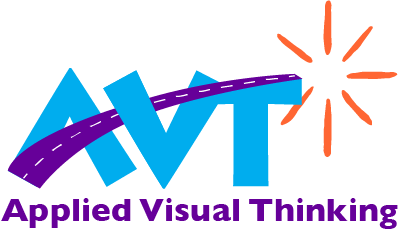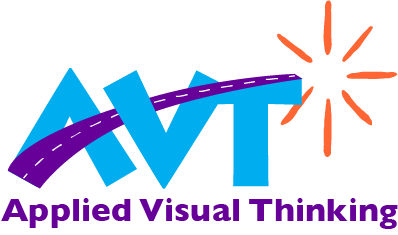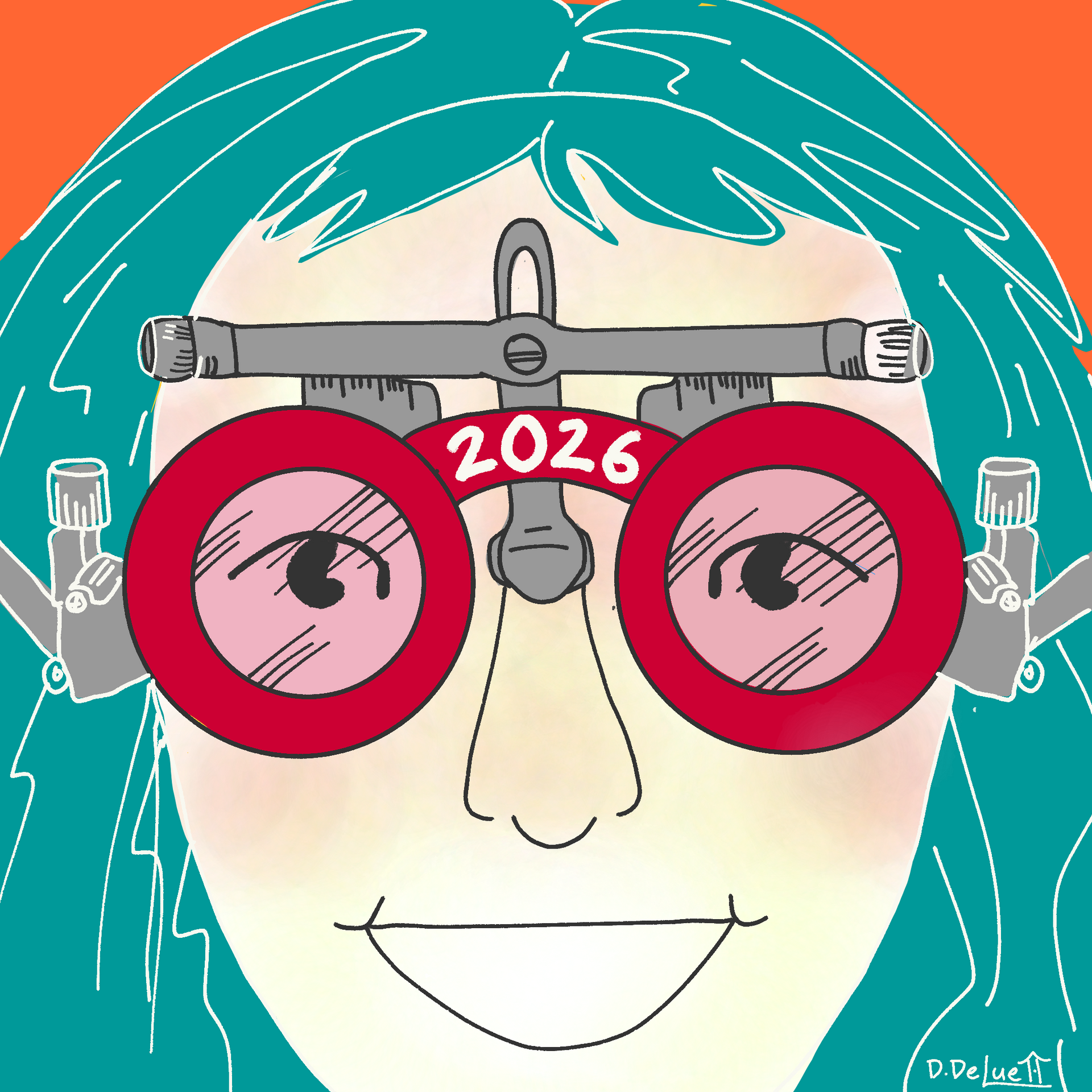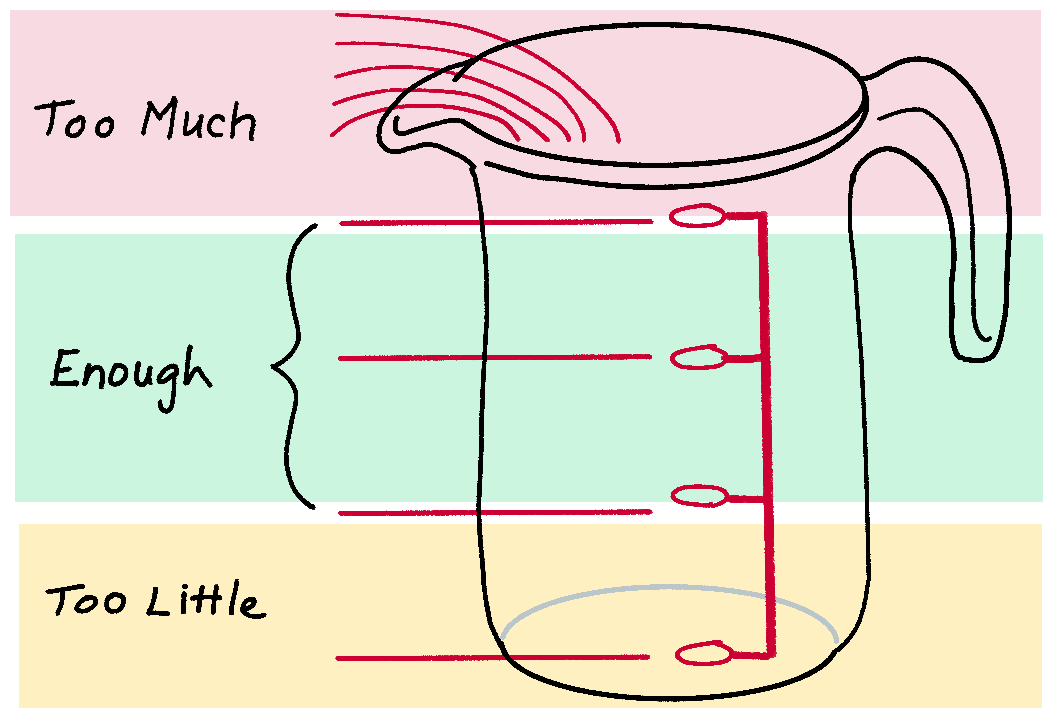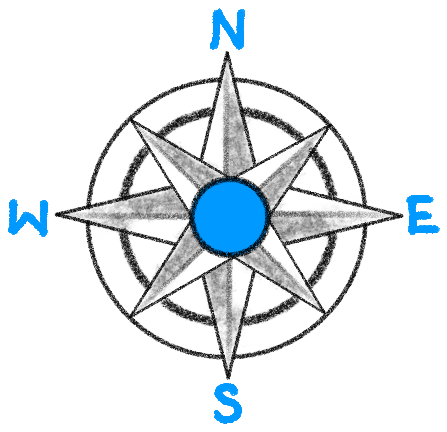You have BIG goals. WHY?
The Art of Applied Visual Thinking
If you're like me, you probably have a few BIG goals. Not just everyday goals but huge ones. Monster goals. Goals that genuinely matter to you. It could be writing a book, getting that degree you've always wanted, learning a musical instrument, achieving your ideal body shape, or becoming debt free, to name just a few. All of these are absolutely worth doing. However, to reach them, you must put in sustained effort, work hard, sweat, compromise, build new habits and change over the long haul.
Why do you want to do this? Why it's important to you? Why it's worth all of the effort?
At WW (formerly Weight Watchers), they have a saying, "keep your why close by." Your WHYs are the anchor you need to resist lapsing into old habits and build new ones. They are the glue that keeps you making progress when you're in the messy middle, and the end seems very far away.
Ready to clarify your WHYs?
Applying a little visual thinking can help you. Grab a pen, markers, and paper or download a copy of the free Know Your WHYs template and play along.
Step 1:
Name 'em
– At the top of your paper, jot down a few of your BIG goals then pick one.
Step 2: List 'em – In no particular order, quickly write down as many benefits as possible of achieving this goal. Don't edit. Nothing is off-limits. Just get them all down on paper. Be specific. For example, if your goal was to remove 50 lbs, some of your WHYs might be to fit into your old wardrobe or buy a new one. Other WHYs might be to lower your blood sugar, ease the pain in your knees, have more self-confidence, feel in control of your eating habits, be fit enough to climb Machu Picchu when you take that once-in-a-lifetime trip, etc. Jot down as many as you can think of. Aim for at least 10 to 15. The more, the better.
Step 3: Categorize 'em – Grab one of your markers and circle all of the benefits you listed that will have an impact in the next few weeks or months. These are your short-term WHYs. Next, grab a different colored marker and circle the benefits that will have an impact in the next 1 to 2 years. These are your mid-term WHYs. Lastly, with another color circle, everything that will have an effect in the next several years. These are your long-term WHYs. The final result will be a messy but clear map of WHY you're working towards this goal.
Step 4:
Keep 'em close by – Post your map somewhere you'll see it often, like your bathroom mirror. Take a picture of it and make it your screensaver. Or make it the image on your smart device lock screen and review them often.
The goal is to keep your WHYs front and center so that you remember why you are doing this big thing when you are tempted to have that cupcake instead of fruit or skip your cello practice and binge watch Downton Abby instead.
